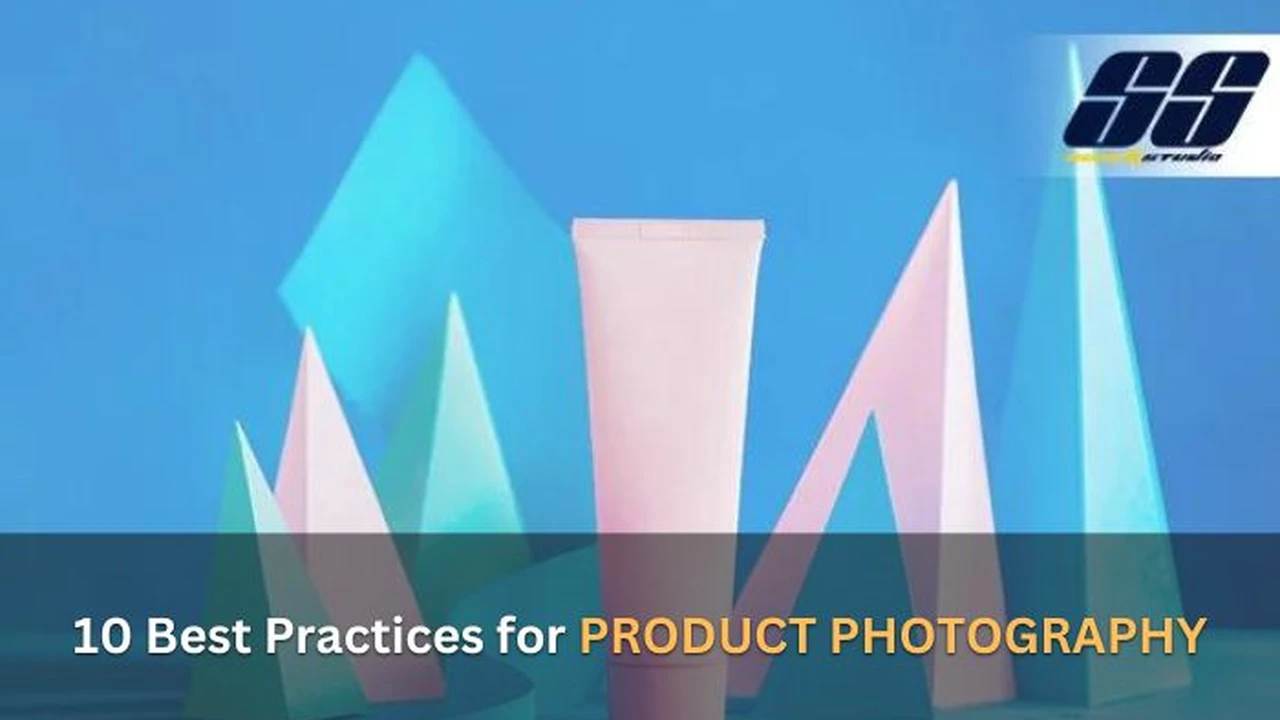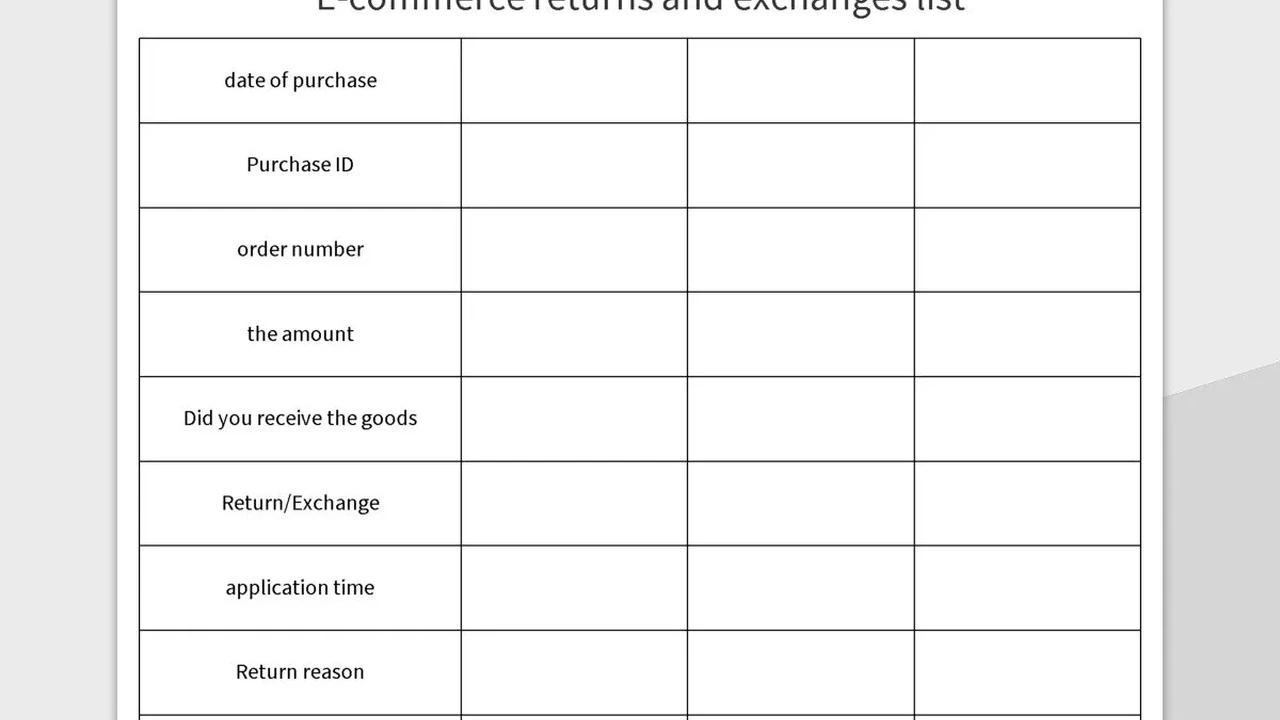The Best Practices for Product Photography on Marketplaces in SEA & Mexico
Sample meta description.

Understanding the Importance of High-Quality Product Photography for SEA & Mexico Marketplaces
Okay, let's be real. In the online world, especially in Southeast Asia (SEA) and Mexico, your product photos are EVERYTHING. Think about it: people can't physically touch or see your product before they buy. So, your pictures are the only way to convince them that your stuff is worth their hard-earned cash. Crappy, blurry, or just plain boring photos? You're basically waving goodbye to potential sales. We're talking about a huge impact here. Good photos build trust, showcase details, and ultimately, drive conversions. In the competitive landscape of online marketplaces like Lazada, Shopee, Mercado Libre, and Linio, standing out is crucial, and photography is your secret weapon.
Essential Equipment for Product Photography Success in SEA & Mexico
Alright, no need to break the bank here. You don't need a fancy studio setup to take great product photos. Here's a breakdown of the essentials, keeping in mind the budget-conscious nature of many sellers in SEA and Mexico:
- Camera: Your smartphone is probably good enough! Seriously, modern smartphones have amazing cameras. Just make sure you're using good lighting. If you're serious, consider a DSLR or mirrorless camera. Think about models like the Canon EOS Rebel series or the Sony Alpha series – solid performers without costing a fortune.
- Lighting: This is HUGE. Natural light is your best friend, but it's not always consistent. Invest in a couple of softboxes. They're relatively inexpensive and will give you consistent, flattering light. Look for options on Lazada or Shopee – you can find affordable kits.
- Background: Keep it simple! A white or light-colored backdrop is ideal. You can use a large sheet of paper, a piece of foam board, or even a white wall. The goal is to make your product the star.
- Tripod: This will prevent blurry photos, especially when using slower shutter speeds in lower light. Even a cheap tripod is better than no tripod.
- Reflectors: These bounce light back onto your product, filling in shadows and adding brightness. You can buy reflectors or even make your own using white cardboard or foil.
Mastering Lighting Techniques for Stunning Product Photos in SEA & Mexico
Lighting is the make-or-break factor. Here are a few techniques to keep in mind:
- Natural Light: Shoot near a window during the daytime. Avoid direct sunlight, which can create harsh shadows. Diffuse the light with a sheer curtain or a piece of white fabric.
- Artificial Light: Use softboxes to create soft, even lighting. Position them on either side of your product at a 45-degree angle. Experiment with different angles and distances to find the best look.
- Three-Point Lighting: This is a classic technique that uses three lights: a key light (main light source), a fill light (to fill in shadows), and a backlight (to separate the product from the background).
Composition Tips: Framing Your Products for Maximum Impact in SEA & Mexico
Composition is all about arranging the elements in your photo to create a visually appealing image. Here are some tips:
- Rule of Thirds: Imagine dividing your photo into nine equal parts with two horizontal and two vertical lines. Place your product at one of the intersections or along one of the lines.
- Fill the Frame: Get close to your product and fill the frame with it. This will help to highlight its details.
- Negative Space: Leave some empty space around your product. This will help to draw attention to it.
- Angles: Experiment with different angles to find the most flattering view of your product.
Editing Your Product Photos: Enhancing Your Images for Online Marketplaces in SEA & Mexico
Editing is essential to polish your product photos and make them look their best. Here are some basic editing tips:
- Crop: Crop your photos to remove any distractions and focus on your product.
- Adjust Brightness and Contrast: Make sure your photos are well-lit and have good contrast.
- Adjust White Balance: Correct any color casts in your photos.
- Sharpen: Sharpen your photos to make them look crisp and detailed.
- Remove Blemishes: Remove any dust, scratches, or other imperfections from your product.
There are tons of free and paid photo editing apps available. Snapseed and Lightroom Mobile are great options for mobile editing. For desktop editing, consider GIMP (free) or Adobe Photoshop (paid).
Specific Product Recommendations: Showcasing Products with Photography Best Practices in SEA & Mexico
Let's get specific. Here are some product examples and how to photograph them effectively, keeping in mind the SEA and Mexico markets:
Example 1: Handmade Leather Wallets (Common in Mexico)
Product: Hand-stitched leather wallet
Photography Tips:
- Close-ups: Show off the intricate stitching and the quality of the leather.
- Texture: Use lighting to highlight the texture of the leather.
- Lifestyle Shot: Include a photo of the wallet in someone's pocket or hand, showing its size and how it's used.
- Background: Use a rustic wooden background to complement the leather.
Example 2: Batik Clothing (Popular in SEA)
Product: Batik dress
Photography Tips:
- Full-Length Shot: Show the entire dress on a model or mannequin.
- Close-ups: Highlight the intricate batik patterns.
- Color Accuracy: Ensure the colors are accurate and vibrant.
- Lifestyle Shot: Show the dress being worn in a casual or festive setting.
Example 3: Mobile Phone Accessories (High Demand in Both Regions)
Product: Phone case
Photography Tips:
- Multiple Angles: Show the case from different angles to highlight its design and features.
- On a Phone: Photograph the case on a phone to show how it looks and fits.
- Protection Demonstration: If the case is designed for protection, show it being used in a scenario where it would protect the phone (e.g., a slight drop).
- Variety: If you offer different colors or designs, show them all.
Product Photography: Comparing Popular Options and Price Points in SEA & Mexico
Let's compare some similar products and discuss how photography can influence purchasing decisions.
Scenario: Selling Headphones
Product 1: Budget-Friendly Wired Headphones (Price: $10 - $20 USD)
Photography: Focus on the comfort and durability. Show close-ups of the earcups and the headband. Emphasize the simplicity and ease of use. Lifestyle shots of people listening to music on their commute or while exercising.
Product 2: Mid-Range Wireless Headphones (Price: $50 - $100 USD)
Photography: Highlight the wireless connectivity and the sound quality. Show the headphones with a smartphone or laptop. Emphasize the sleek design and the premium materials. Include photos of the carrying case and accessories.
Product 3: Premium Noise-Cancelling Headphones (Price: $200+ USD)
Photography: Emphasize the noise-cancelling technology and the superior sound quality. Show the headphones in a quiet environment, such as a library or airplane. Highlight the comfort and the premium features, such as touch controls and voice assistant integration. Include photos of the packaging and the accessories.
Key takeaway: Your photography should reflect the price point and the target audience. For budget-friendly products, focus on practicality and value. For mid-range products, highlight the features and design. For premium products, emphasize the quality and the experience.
Leveraging Marketplaces Features: Utilizing 360-Degree Views and Video for Product Showcases in SEA & Mexico
Many marketplaces now offer features like 360-degree views and product videos. These are powerful tools for showcasing your products and increasing conversions.
- 360-Degree Views: Allow customers to rotate the product and see it from all angles. This is especially useful for products with intricate designs or unique features.
- Product Videos: Show the product in action. Demonstrate its features and benefits. Create a compelling story that resonates with your target audience. Keep your videos short and engaging.
Mobile-First Product Photography: Optimizing Images for Smartphone Shoppers in SEA & Mexico
A huge percentage of online shoppers in SEA and Mexico use their smartphones. Make sure your product photos are optimized for mobile viewing.
- Use High-Resolution Images: But compress them for faster loading times.
- Keep it Simple: Avoid cluttered backgrounds and complex compositions.
- Zoom In: Allow customers to zoom in on the details of your product.
- Test on Mobile: Preview your product photos on different smartphones to make sure they look good.
Common Mistakes to Avoid in Product Photography for SEA & Mexico Marketplaces
Let's talk about some common pitfalls and how to avoid them:
- Poor Lighting: This is the biggest mistake. Always use good lighting, whether it's natural or artificial.
- Blurry Photos: Use a tripod to prevent blurry photos.
- Distracting Backgrounds: Keep your backgrounds simple and uncluttered.
- Inaccurate Colors: Make sure your colors are accurate and true to life.
- Not Showing Enough Detail: Use close-ups to highlight the details of your product.
- Ignoring Mobile Optimization: Make sure your photos look good on smartphones.
Adapting to Cultural Nuances: Considering Local Preferences in Product Photography for SEA & Mexico
Remember that SEA and Mexico are diverse regions with unique cultural preferences. Consider these nuances when planning your product photography.
- Color Preferences: Research the colors that are popular in your target market.
- Cultural Symbols: Be mindful of cultural symbols and avoid using them in a way that could be offensive.
- Local Models: Use local models in your lifestyle shots to create a connection with your target audience.
- Language: Use local languages in your product descriptions and captions.
Tracking and Analyzing Results: Monitoring the Impact of Product Photography on Sales in SEA & Mexico
Finally, it's important to track and analyze the results of your product photography. Monitor your sales and conversions to see what's working and what's not.
- A/B Testing: Test different product photos to see which ones perform best.
- Google Analytics: Use Google Analytics to track traffic to your product pages.
- Marketplace Analytics: Use the analytics tools provided by your marketplace to track your sales and conversions.
- Customer Feedback: Ask your customers for feedback on your product photos.
By consistently tracking and analyzing your results, you can fine-tune your product photography and maximize your sales in SEA and Mexico.
:max_bytes(150000):strip_icc()/277019-baked-pork-chops-with-cream-of-mushroom-soup-DDMFS-beauty-4x3-BG-7505-5762b731cf30447d9cbbbbbf387beafa.jpg)






